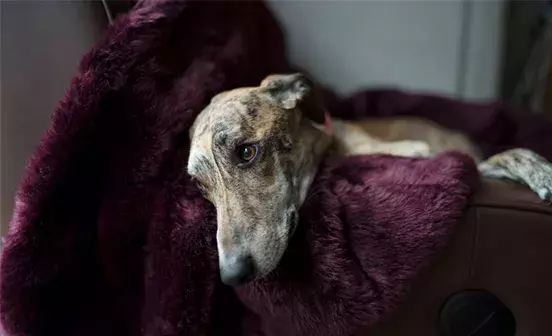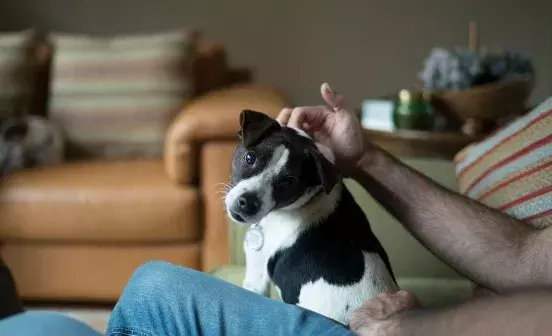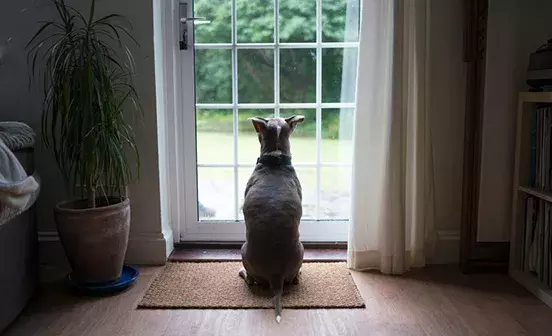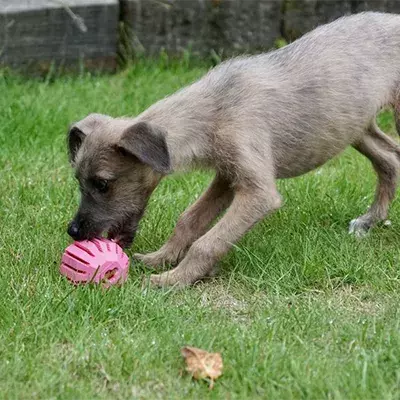The first few months of a puppy’s life are crucial for their development and future behaviours. During this time, they need to be gently introduced to a range of people, objects, sounds and environments. This helps them learn what is ‘normal’ and ‘safe’. Here you’ll find a guide to help you socialise your puppy and set them up for a happy, healthy and confident future.
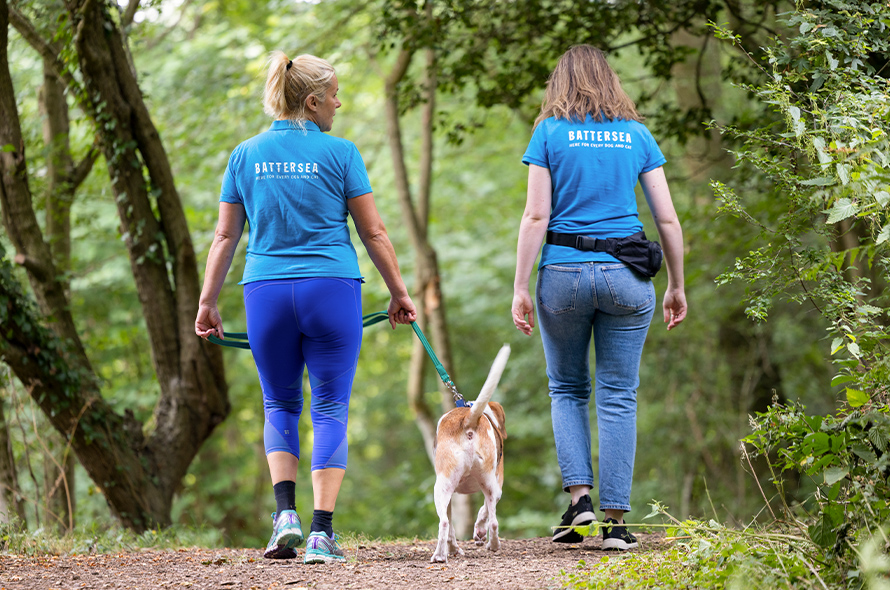
What is puppy socialisation?
The first three to four months of your dog’s life are really important. It’s called the ‘socialisation’ or ‘sensitive’ period, and it’s when they learn about the world around them. This information will stick with them for the rest of their life and shape their decisions. That’s why it’s crucial to help them build a strong foundation made up of positive experiences so they can grow up confident and resilient.
The good news is that puppies are naturally curious and open to new things during this period. That makes it the perfect time to introduce them to different experiences. The habits and strategies they learn now will influence their behaviour in the future. These habits will also ensure they’re less stressed from new experiences and recover faster. Plus, it’s easier to socialise your puppy now rather than trying to catch them up later in life. So, take advantage of this special time and help your pup become the happiest, calmest and most confident they can be!
How to approach puppy socialisation
A puppy should be gradually introduced to:
- Different people
- Other dogs
- Different environments
- Everyday objects and sounds
- Being alone
These experiences will help your puppy learn how to interact with others and understand that new things aren’t always scary. It’s essential that they have a variety of experiences. But the quality of those experiences and interactions is more important than the quantity.
Starting socialisation early is key, as your puppy will be halfway through this period by the time you bring them home. With the right socialisation, your puppy can grow into a happy, well-adjusted dog who loves meeting new people and animals.
Introducing different people
If you want to introduce your puppy to new people, it’s best to start at a distance. Taking your puppy for walks or carrying them and watching people from a safe distance is a great way to introduce them to new sights, smells and sounds. It also helps them to stay around people without getting overwhelmed. Make sure you begin in quiet environments and watch your puppy’s body language to see if they’re comfortable.
As your puppy gets more comfortable, you can move on to introducing them slowly to friends and family that you see regularly. Do this in a familiar environment and make sure that the other person doesn’t touch your puppy without first checking with you. Your puppy should have plenty of space to move away and there should be a safe area for them to retreat to, like a bed or crate, if they want to. Remember to take things at your puppy’s pace and not force them into anything.
If your puppy seems unsure, you can offer them verbal encouragement or treats as a reward, but make sure you’re the one giving them and not the new person. This helps your puppy learn that good things come from you rather than the stranger. It’s also important to keep interactions positive and constructive. Be sure to include regular breaks from stroking so your puppy can choose whether to continue or move away. Stop playing if your puppy becomes vocal or overexcited. Always pay attention to your puppy’s body language and be ready to step in if they start to feel uncomfortable.
It’s a good idea to introduce your puppy to people of different ages and appearances. If someone wants to approach your puppy, make sure you read their body language and tell the person how to approach your dog appropriately. You can learn about this through our existing advice.
It’s also important that your puppy meets different children. Kids can seem very different to dogs, as they move and sound different to adults, so taking things slowly and starting at a distance is crucial. For example, your puppy could see, smell and hear children from a distance at a park without any pressure to interact.
If you have friends or family with children, ask if they’d be happy to let your puppy meet them, but always supervise and keep things hands-off at first. Children can be unpredictable, so it’s essential to watch your dog’s body language and make sure they feel safe and comfortable at all times.
Meeting other dogs
If you have a puppy that’s still on their vaccination schedule, they may not be able to meet other dogs face to face straight away. Start at a distance so they can get used to seeing other dogs and experiencing their sounds and smells. If your puppy isn’t fully vaccinated yet and you can’t take them on walks, you can always carry them or take a blanket with you to sit at a distance from other dogs. This will help them learn to be calm around other dogs from afar. Just make sure you start in quiet environments and read your puppy’s body language to see if they’re at ease.
Variety is key when socialising your puppy – make sure they see dogs of different breeds, sizes and colours to help them understand their body language. If your puppy doesn’t get to interact with a variety of dogs when they’re young, it can lead to problems when they’re older.
When introducing your puppy to other dogs, you’ll want the interactions to be positive or neutral for both dogs. If the other dog won’t appreciate being approached by a puppy, or if they’re too boisterous, neither dog will have a good time, and your puppy won’t learn how to interact properly with other dogs. We want them to learn good social skills!
If you have friends or family with dogs that would be a good match for your puppy, ask if they’d be happy to meet. Always supervise these interactions, and start off at a distance. If both dogs are comfortable, keep their leads loose and let them sniff each other. Call your puppy away after a brief greeting so that both dogs have a chance to process the interaction and decide if they want to approach again. Make sure your puppy can move away if they want and keep an eye on their body language to see how comfortable they are. Keep these interactions short and sweet so both dogs end on a positive note. Remember, we don’t want to overwhelm your puppy – gentle and gradual greetings with different dogs is the way to go.
Learning about different environments
As well as making sure your puppy is comfortable around dogs and people, think about the places they’re likely to come across or visit during their life.
To make sure your puppy is comfortable in all sorts of environments, it’s a good idea to start introducing them to new places as a puppy. Start by making a list of all the places you think your dog might need to visit in the future. This could be the vet, parks, busy towns, cafes, outside supermarkets or even school gates. Think about the sounds, smells, textures and surfaces they’ll encounter, and introduce them gradually.
It’s important to start at a distance and move closer or increase the noise slowly, always watching your puppy’s body language. It’s much better to start at a greater distance than you think is needed. Don’t rush them if they seem nervous. Instead, use verbal reassurance and positive reinforcement to help them feel comfortable. Reward them if they check in with you, but don’t use food as a distraction. If your puppy looks uncomfortable, move back to a safe distance. Next time, start further away and go at a quieter time and make sure you spend time building a positive association before moving closer again.
Learning about everyday objects and sounds
You also must help your puppy get used to everyday objects and sounds by introducing them to anything they may encounter that might scare them. Think about items like:
- A washing machine.
- A vacuum cleaner.
- A TV.
- A kettle.
- Cardboard boxes.
- Plastic bags.
- Umbrellas.
It’s best to introduce these items in a non-threatening way, making sure the object isn’t moving. For example, you could start with the umbrella closed or the plastic bag on the floor. Once your puppy feels comfortable, you can introduce the item in different areas or angles. Maybe try opening the umbrella but keeping it still. Remember to let your puppy explore things in their own time and make sure they can always move away.
Getting used to being alone
Another thing to work on is helping your puppy learn to be alone. This will prevent future separation issues and help them feel more confident. Even if you’re not planning on ever leaving your dog alone, it’s important to teach them independence, which will reduce their stress levels. It will also set them up for success if there’s an emergency and you need to leave them at home.
Read more tips on preventing and dealing with separation anxiety.
